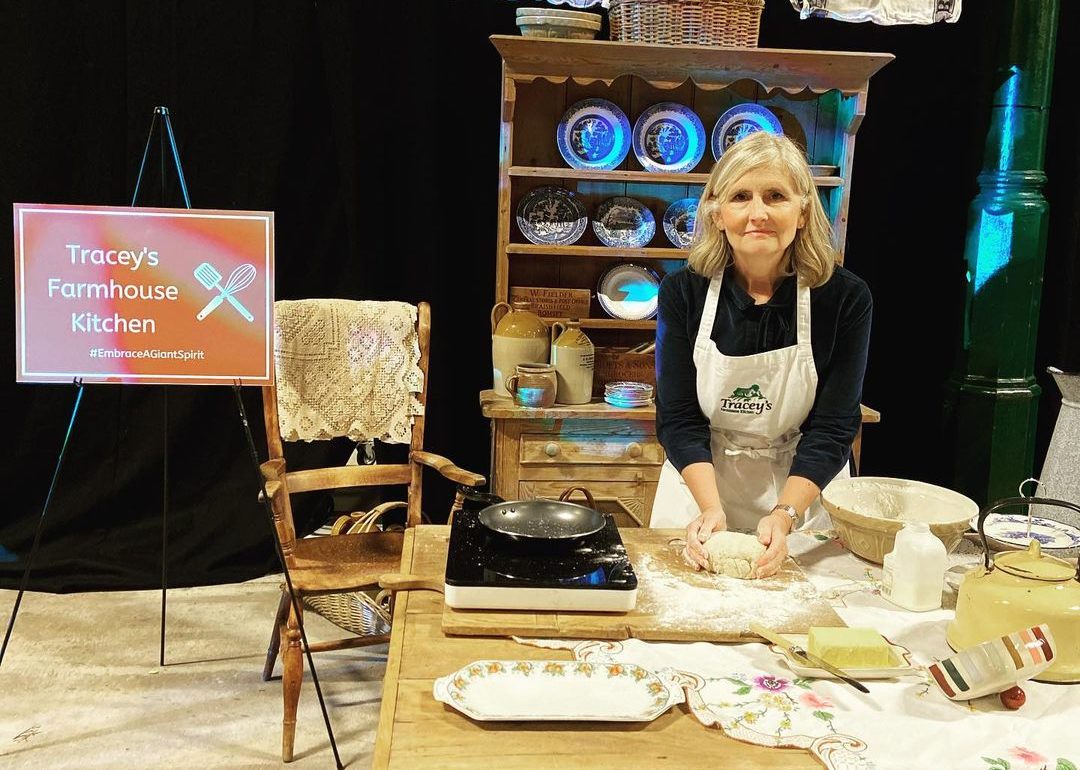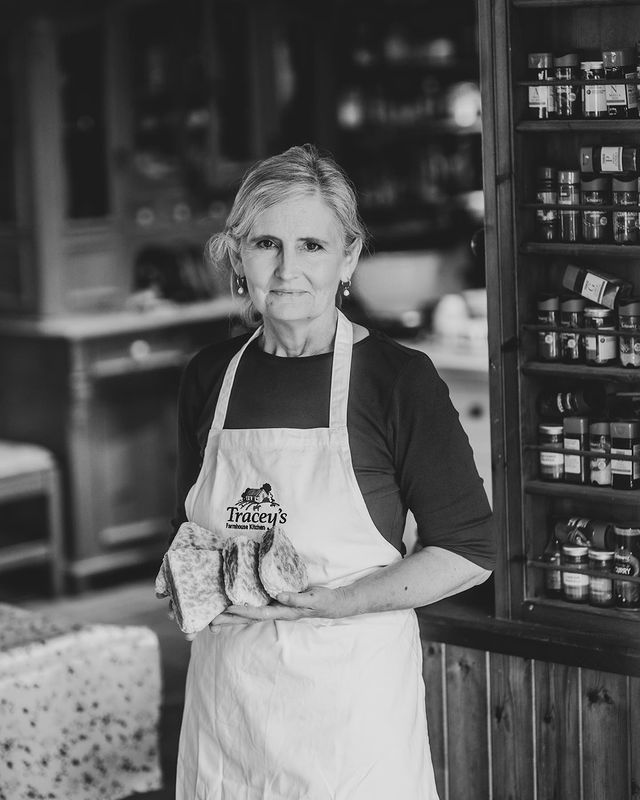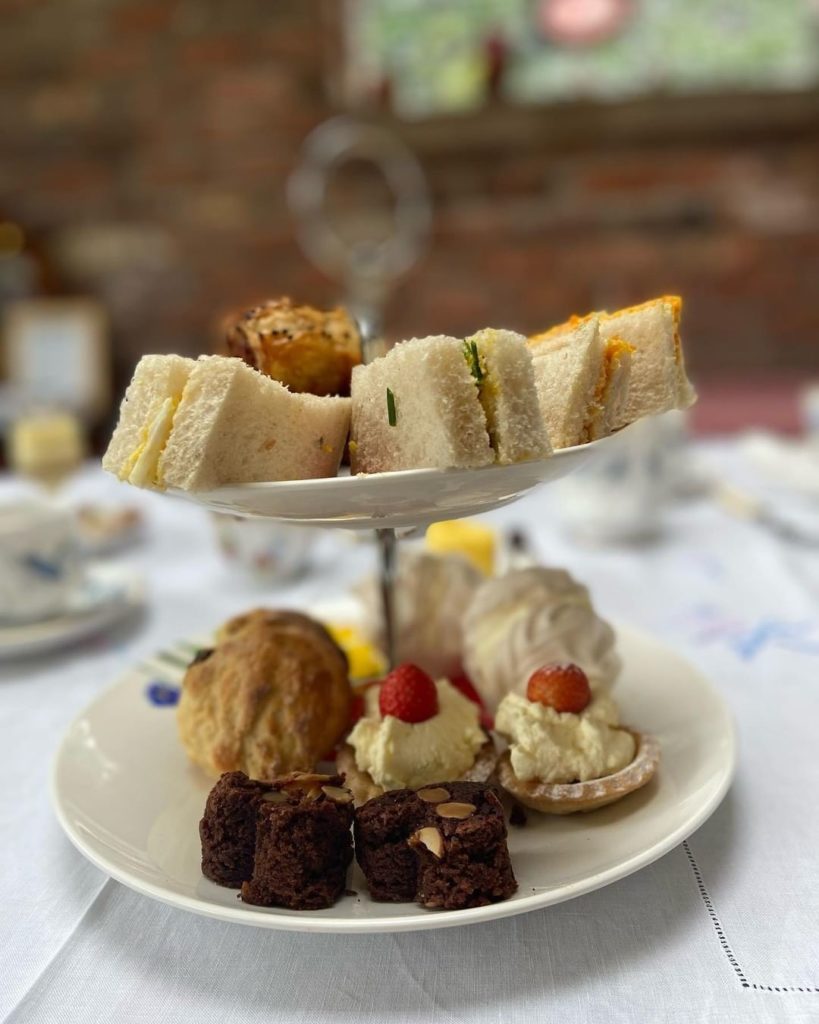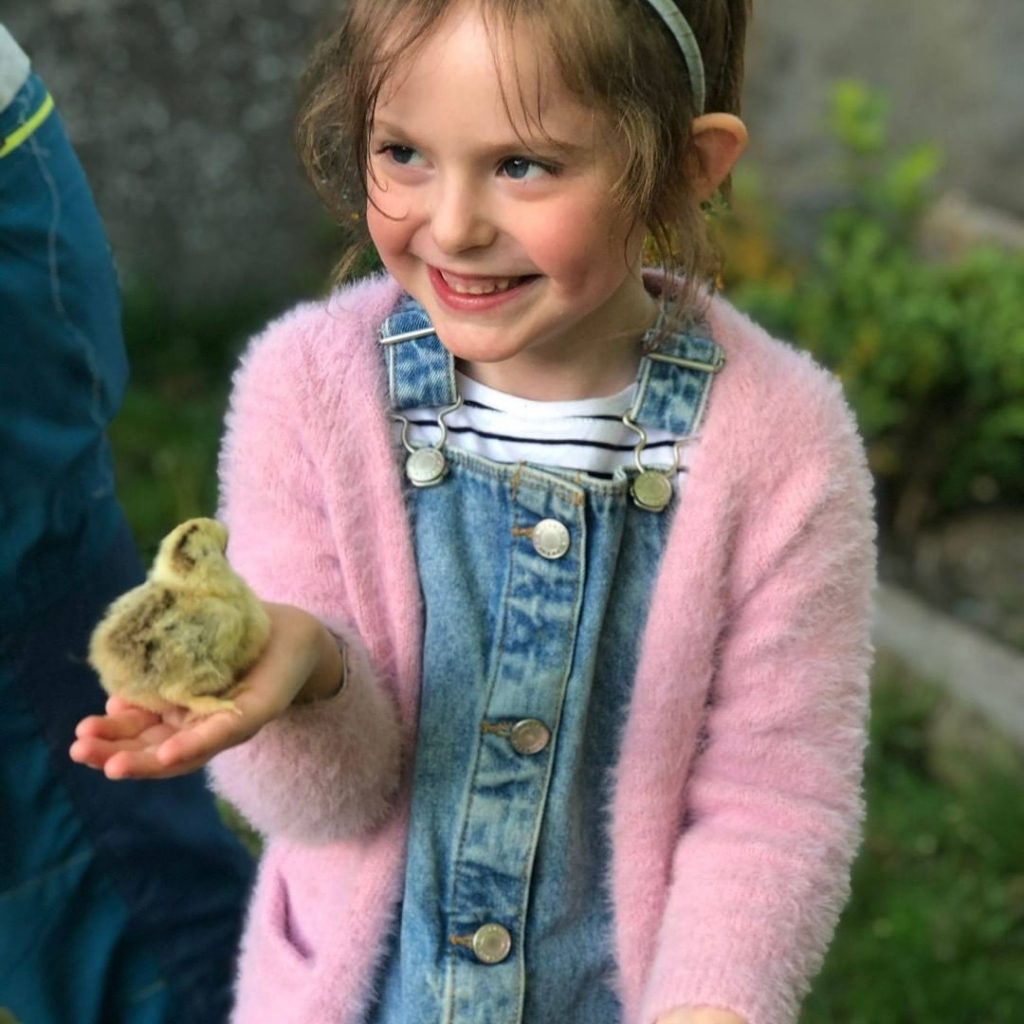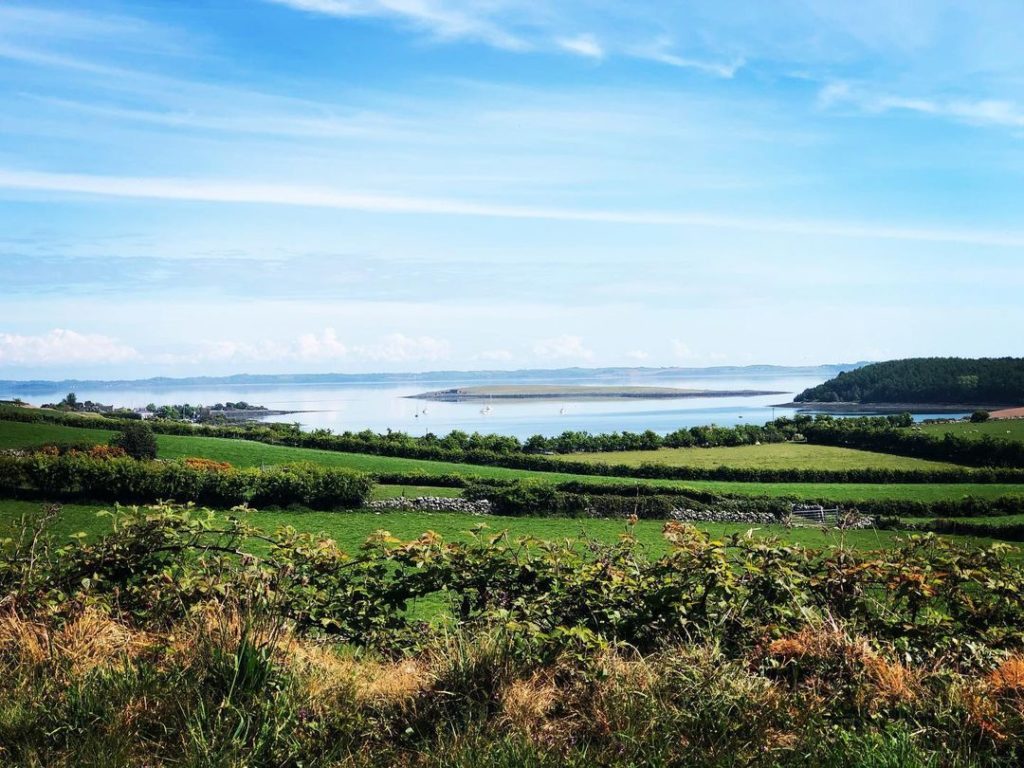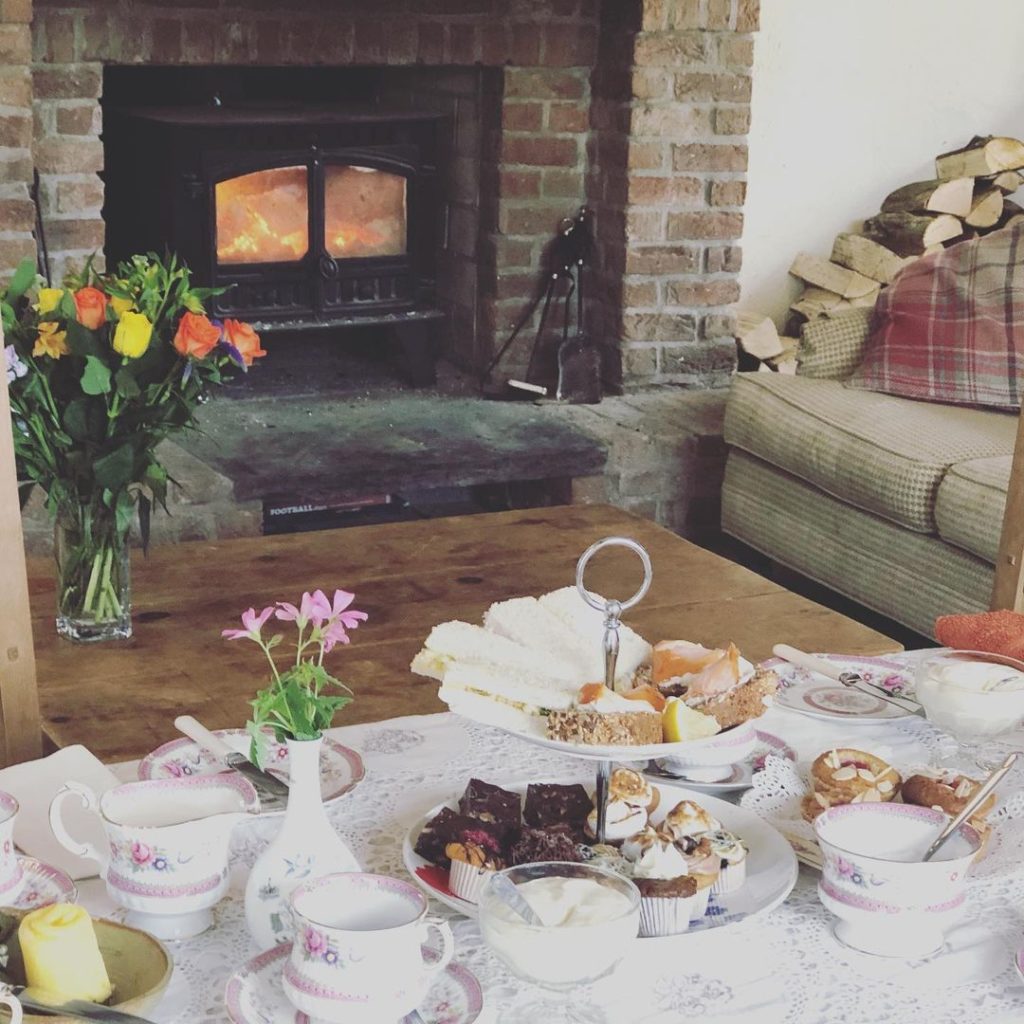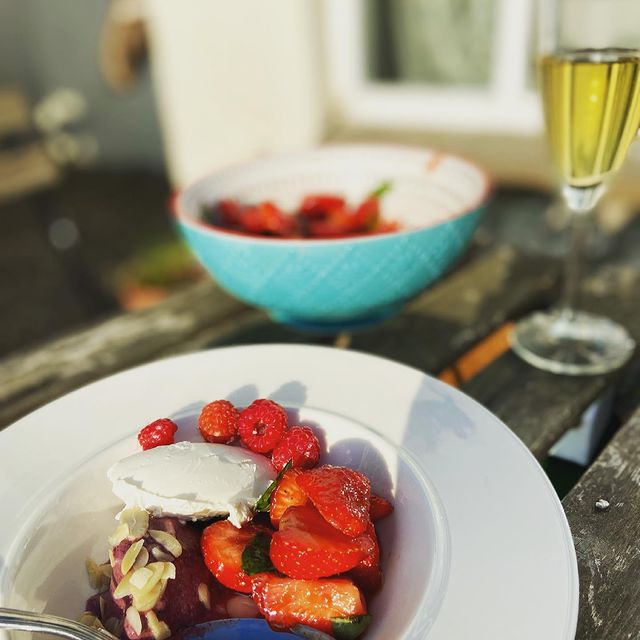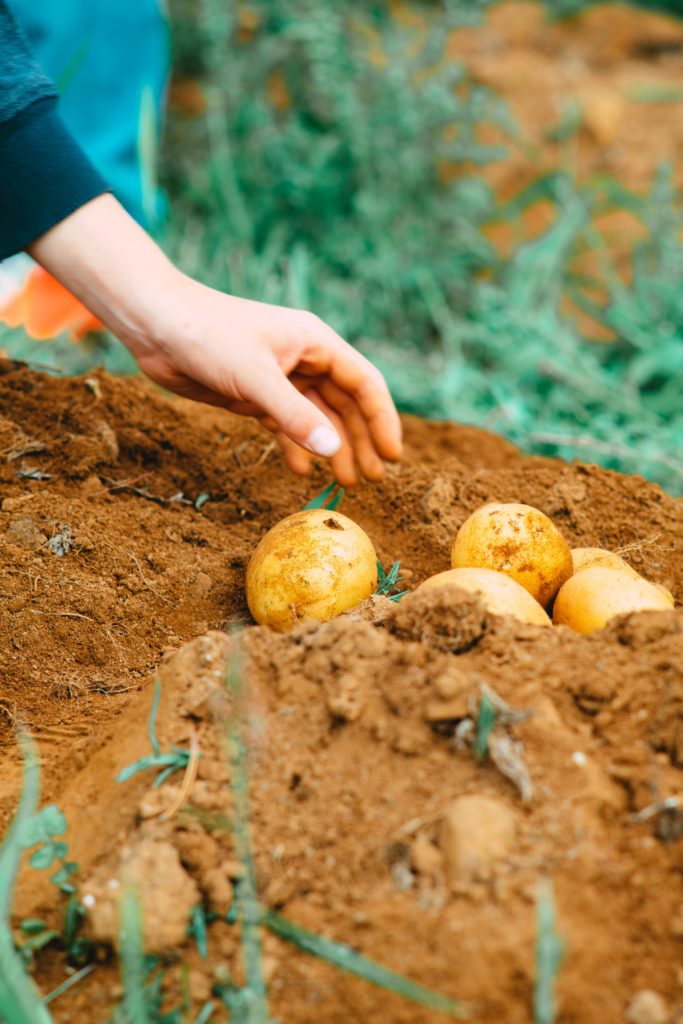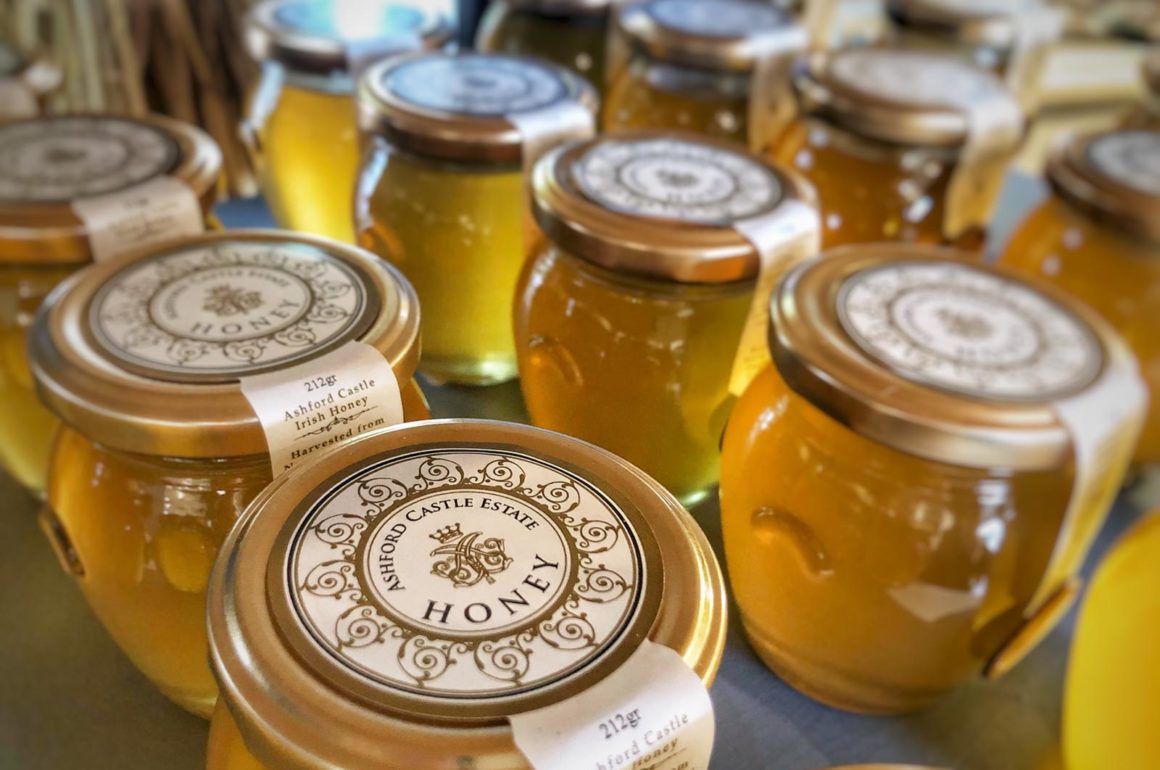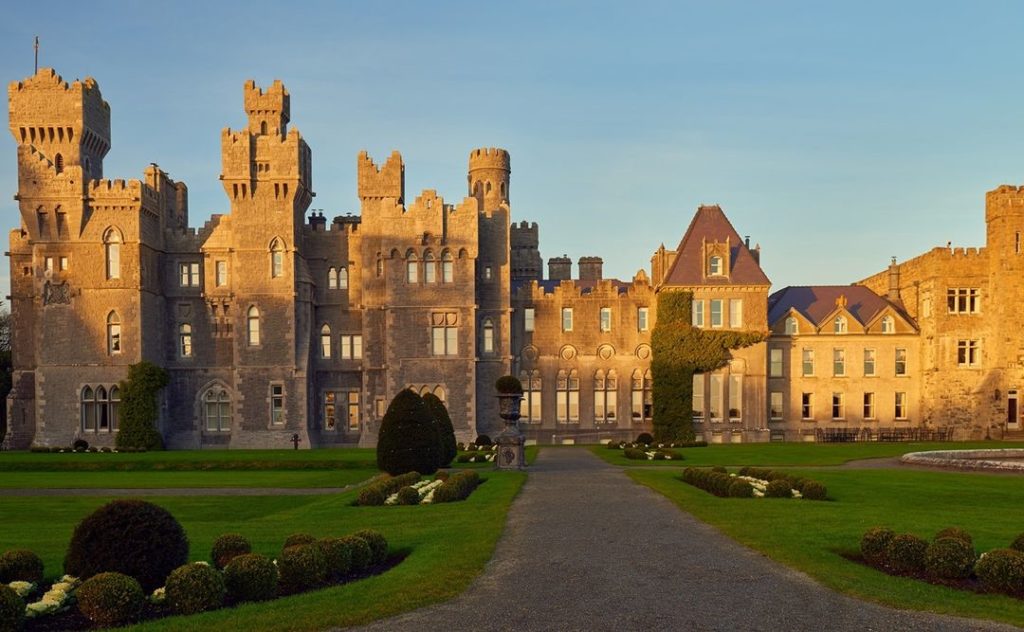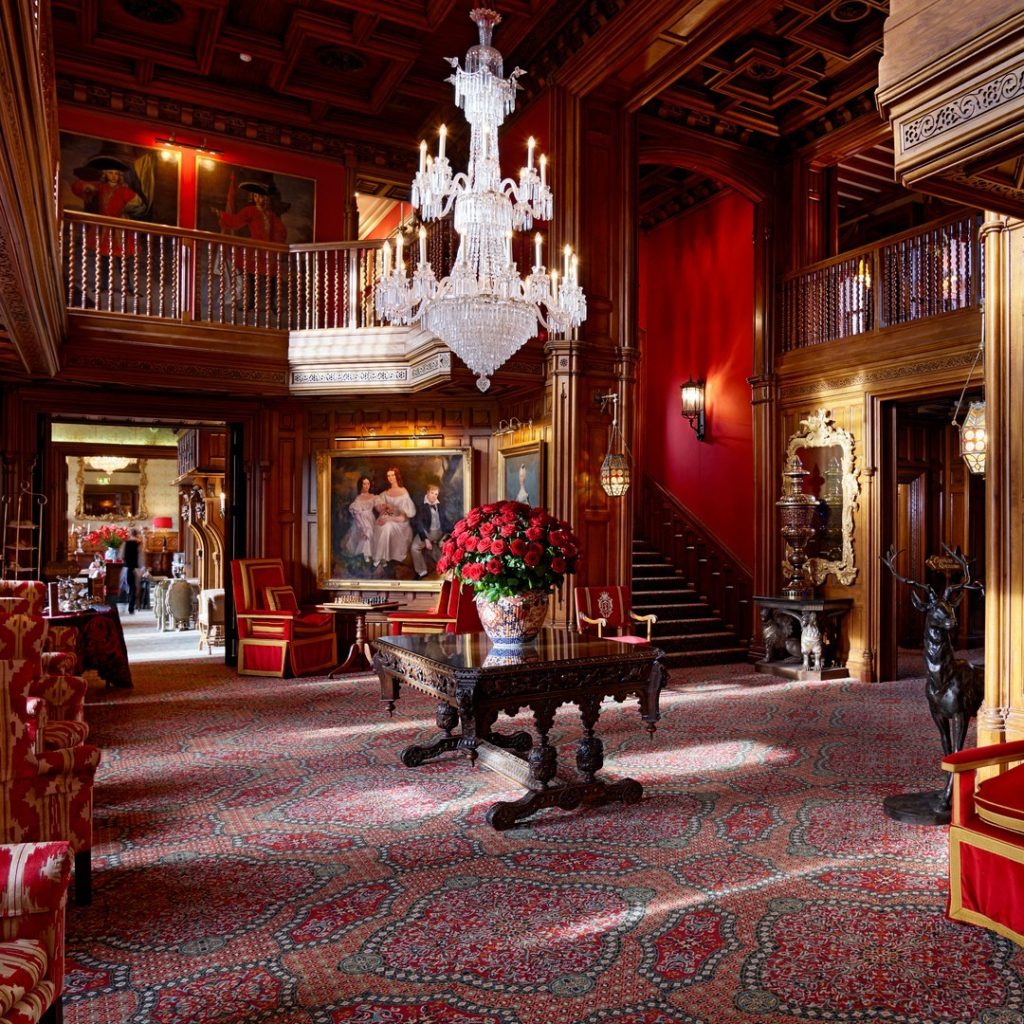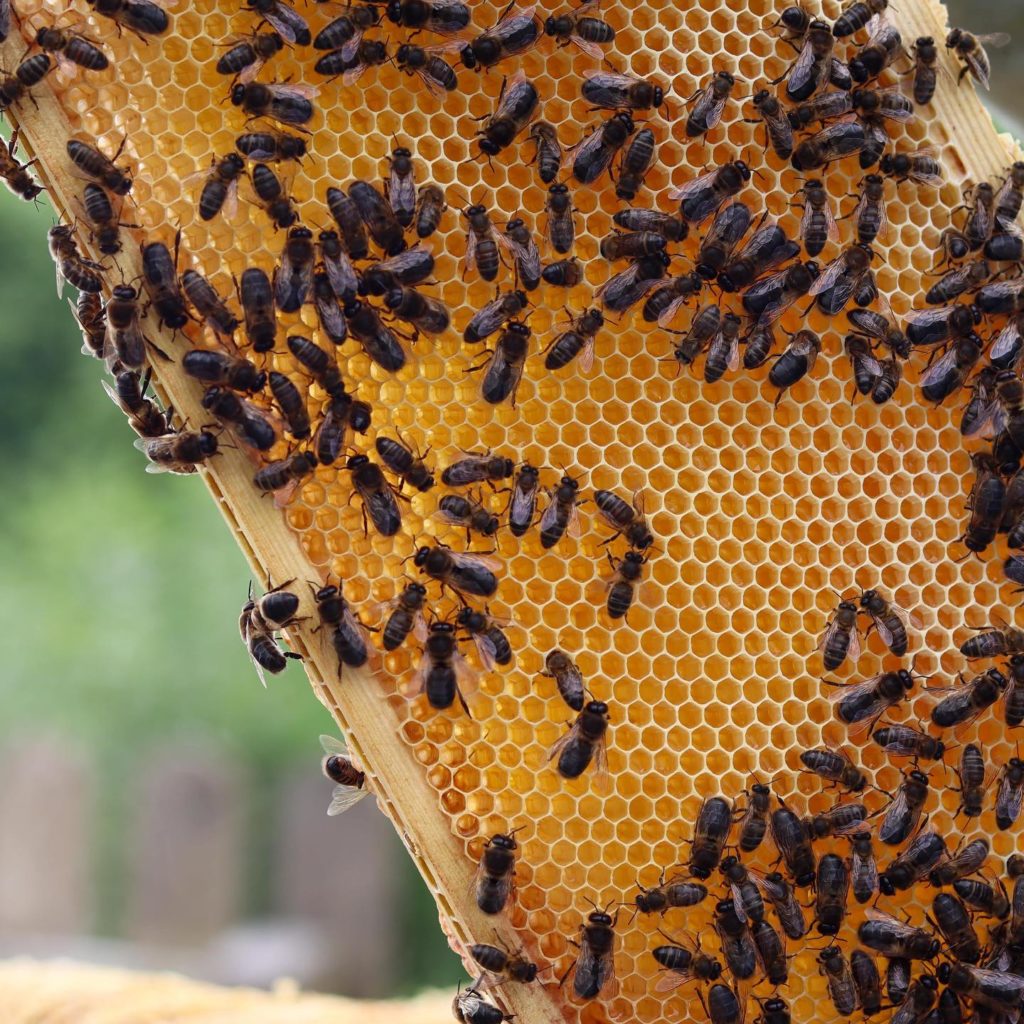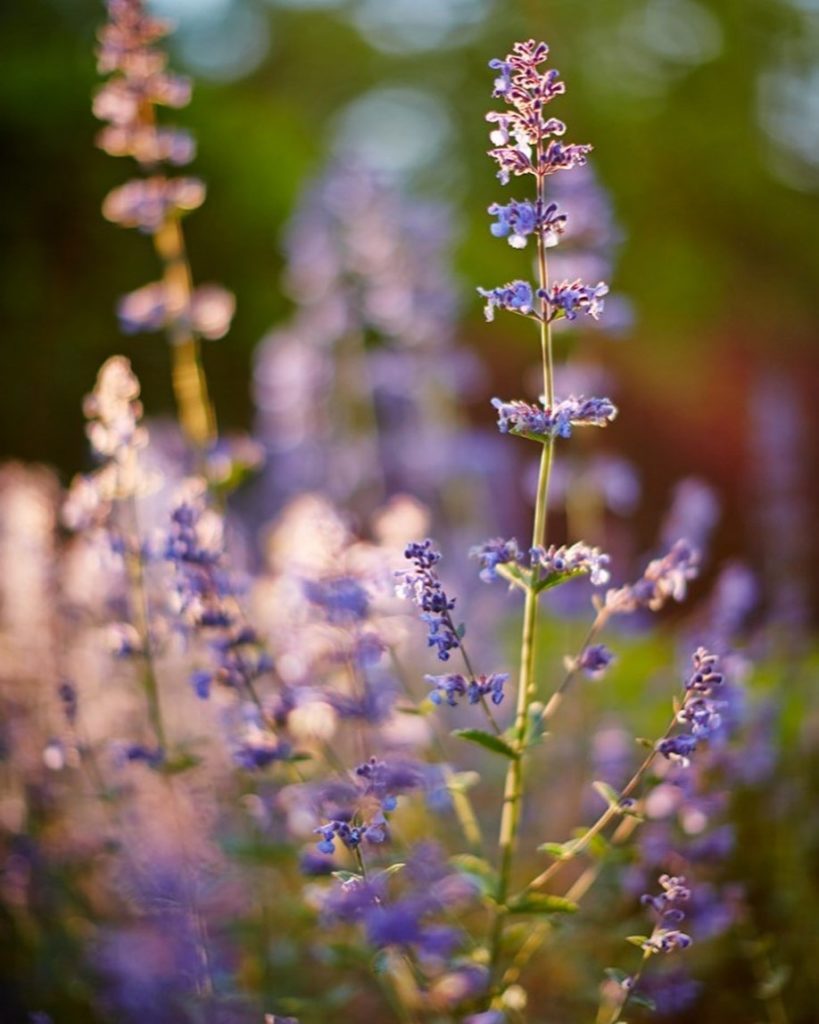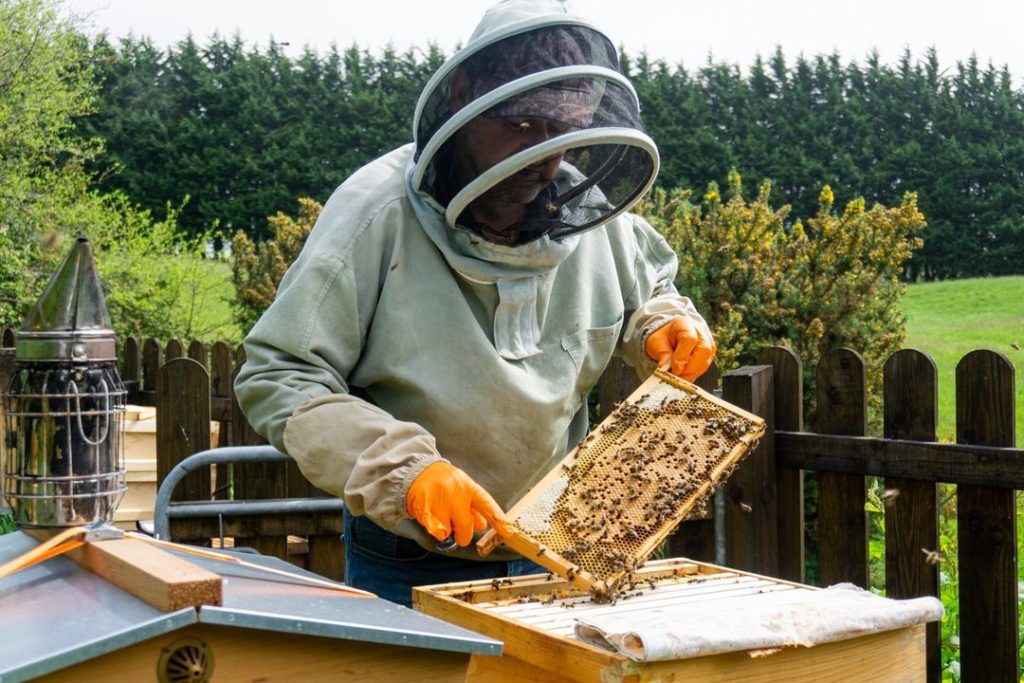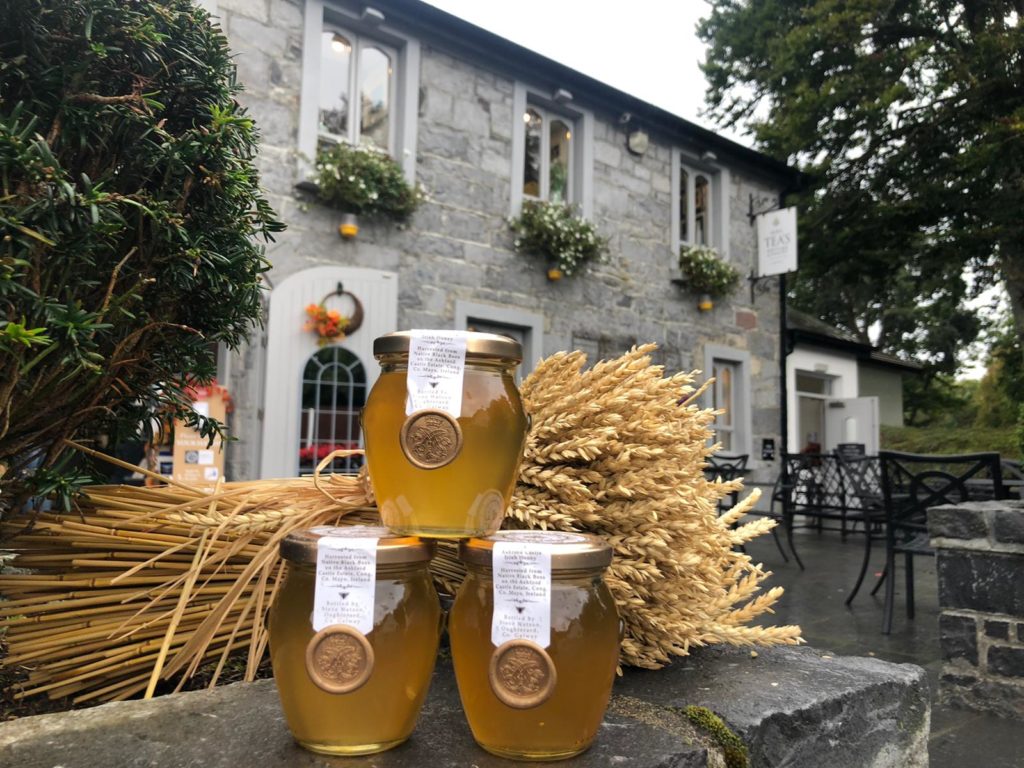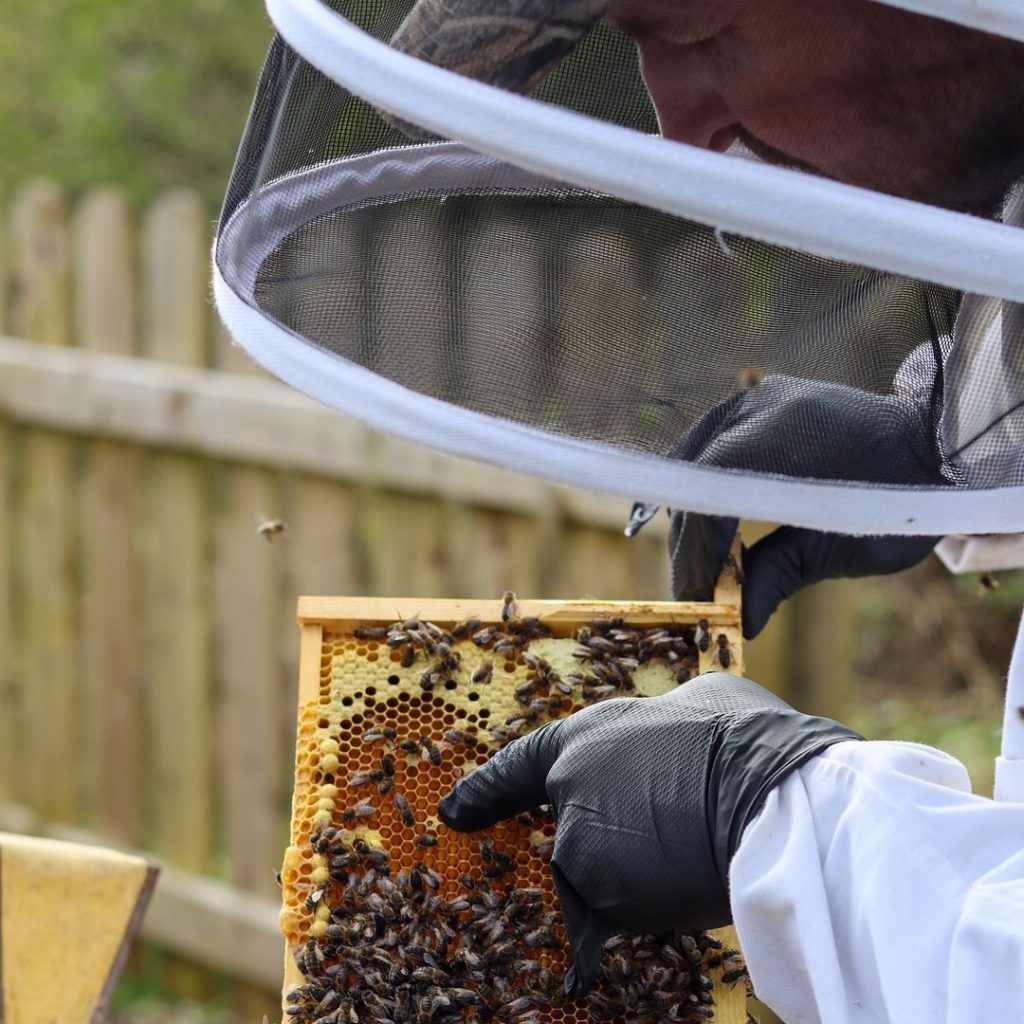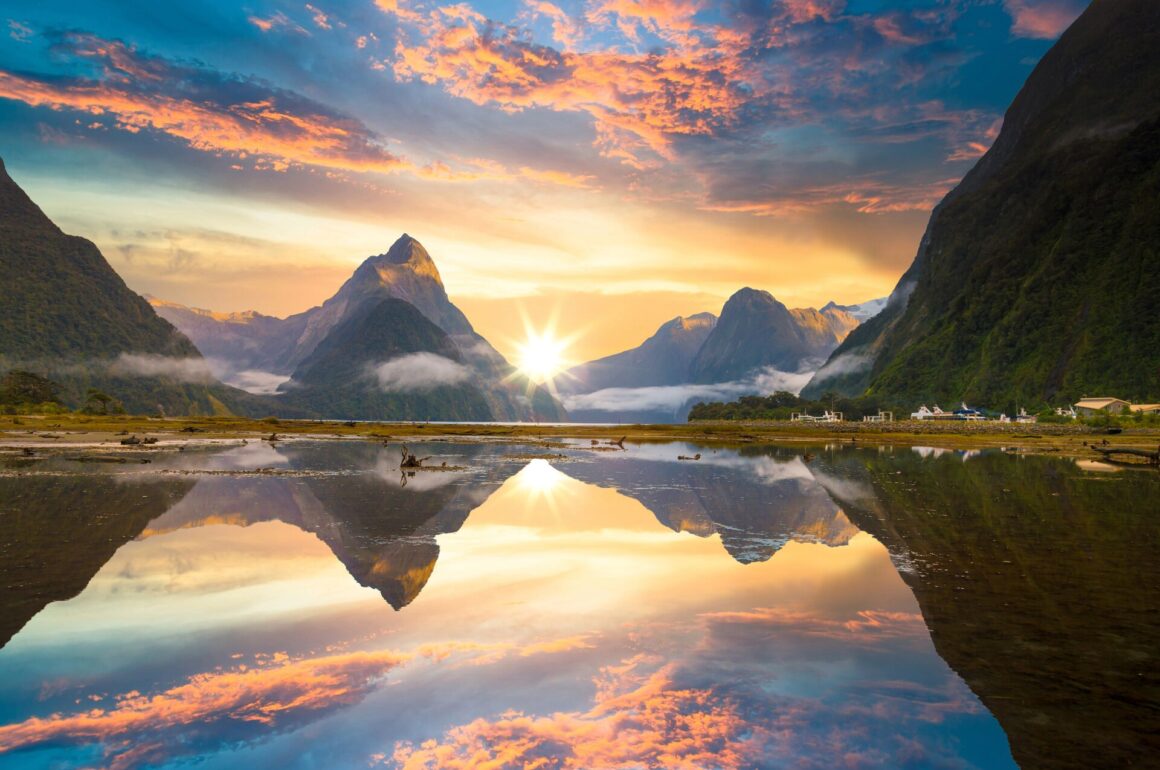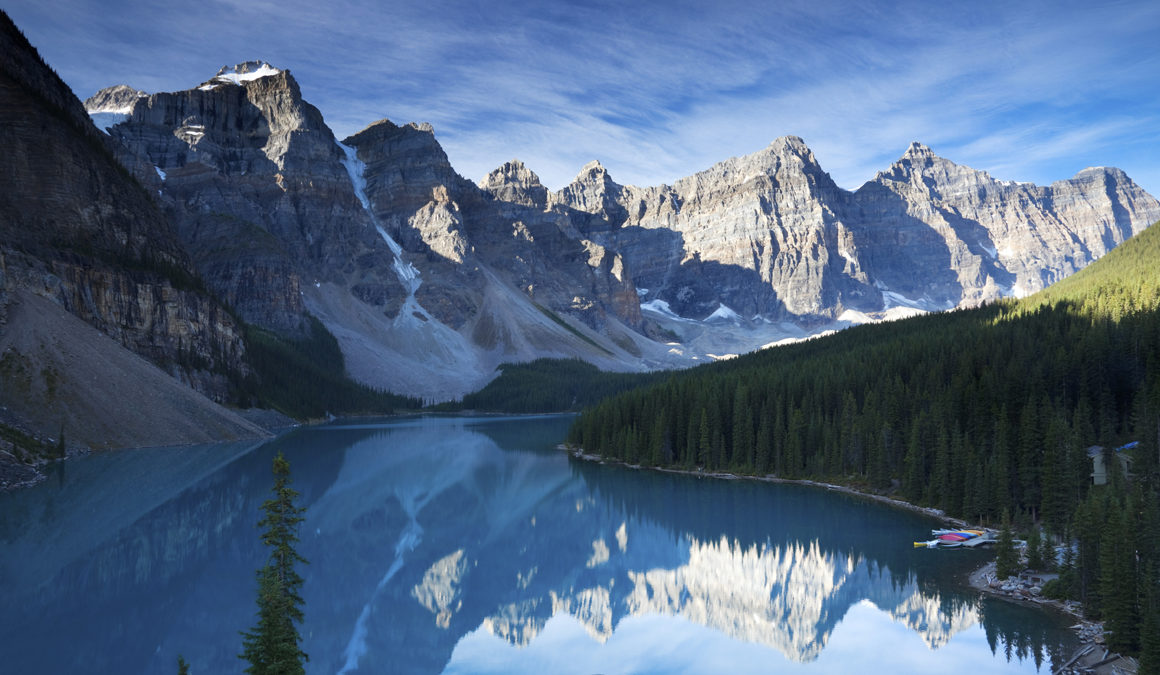Increasingly, we want to know that the places we stay are not just doing no harm, they’re actively doing good: for their natural environment, for wildlife conservation, for staff and local communities. One of the leaders in this field is New Zealand’s magical Te Waonui Forest Retreat, which guests visit on Luxury Gold’s 19-day The Long White Cloud journey.
Designed with sustainability in mind from top to bottom, it’s visitors’ first stay after their entry point of Christchurch; tucked away on the west coast of the country’s South Island, it’s an exclusive and atmospheric base for visiting the Franz Josef Glacier.

To find out more about how this five-star hotel manages to seamlessly combine luxury with sustainability, we spoke with Richard Hayman, one of the architects that originally worked on the forest retreat.
Green at Heart
Shrouded in dense, unspoiled green forest with snow-capped peaks visible just above, you’ll enjoy a private balcony and terrace here – perfectly for listening to the call of native songbirds. New Zealand, it goes without saying, is a world leader in sustainable tourism; but even on a scene this dense with innovative retreats, this hotel stands out.

“I remember day one when we first found the site, walking through the native bush and seeing these fantastic trees which have never been felled,” says Richard. “I thought, wow, building in this space is a real privilege. So we tried to keep as much of that bush atmosphere as we could.”
Sustainable and stylish
Te Waonui Forest Retreat was designed as “passively” as possible, he explains; that is, every attempt was made to make it low-emission and energy efficient for its entire lifetime. This involves using low-carbon, easily available timber, overhanging and slats keeping heat from the sun out of the building without the need for air-conditioning. “We tried to have very high insulation levels, no energy heat pumps, lots of overshadowing in terms of the building design keeping the sun out,” says Richard. “We were very careful about sourcing non-rainforest hardwoods and timber.”

Inside the building, LED lighting and use of natural light keep things energy-efficient, cleaning is chemical-free and recycling policies are stringent throughout the property. Furniture and fittings make use of local materials, such as New Zealand natural wool carpets, organic cotton and even possum-skin cushioning. Sensor lights automatically shut off when no one’s in the room, while water is saved via flow restrictors in showers. All staff are highly trained in sustainable methods of catering, cleaning and service.
A Truly Luxurious Forest Retreat
That’s not to say you’ll feel like you’re doing a PhD in sustainability; this is a luxe holiday hideaway at heart. As well as those birdsong-filled balconies, there’s a fine dining restaurant open to views of the virgin forest and peaks outside; rooms have luxury bedding and designer furnishings. And there’s plenty of local character: “Look out for Kiwi touches in terms of art and materials,” says Hayman. “The drapes are inspired by our native alpine parrot bird, the Kea ‒ the underside of its wing has bright oranges and reds against a khaki feather. The bar is inspired by coal and by glow worms.”
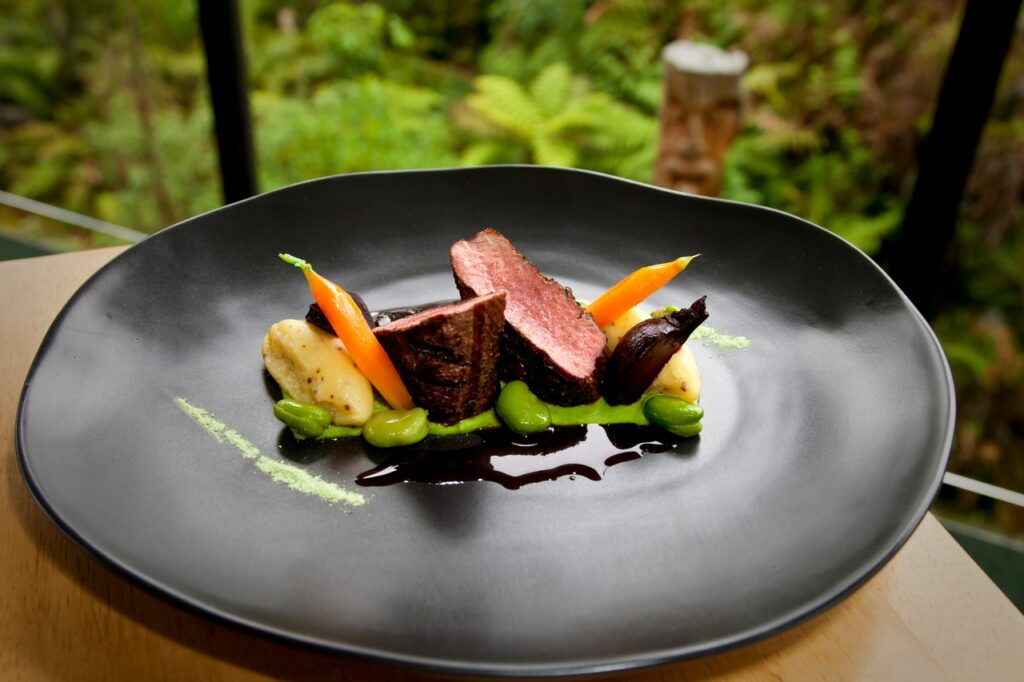
One of his favourite features are the ethically-sourced bamboo keycards, which can also be used as luggage tags. Clean and green power is also hugely important. “In New Zealand we are lucky enough to have some very clean and green electricity; ours is hydro-, wind- and solar-generated power from our provider Meridian. Where we do have to use natural gas, we’re looking at ways to reduce that or increase efficiency,” says Hayman. And projects are constantly reviewed, and ongoing. One recent movement saw 375 punga ferns planted around the property to restore parts of the native forest.
Incredible Nature on Your Doorstep
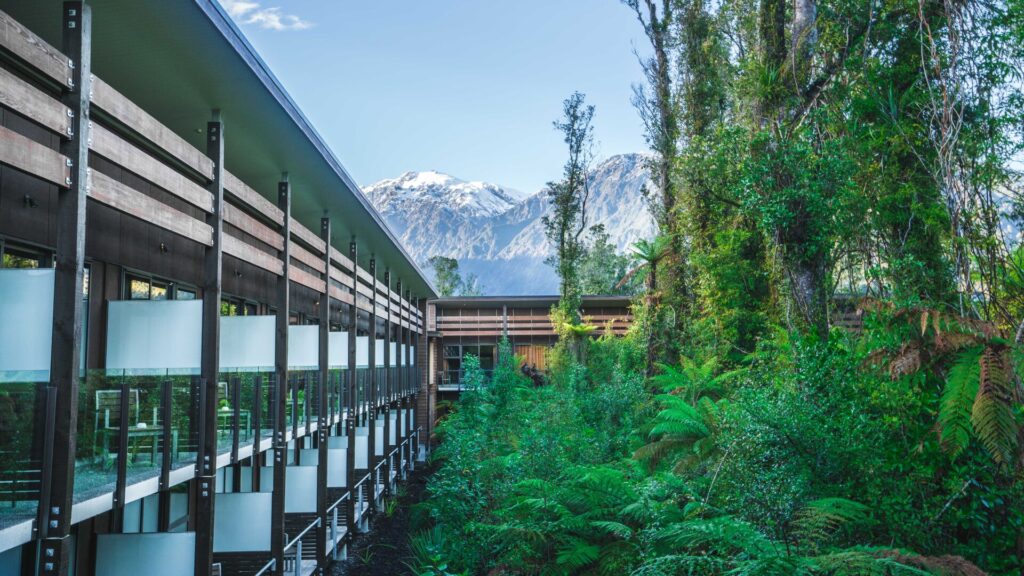
This area of New Zealand is special, say the team. It’s wild, it’s irrepressible, and guests are given the privilege of interacting with it all, close up. “Te Waonui Forest Retreat is a great place to remind you of how elemental nature is,” says Hayman. “Our guests can get involved in that to a greater or lesser extent depending on how adventurous they are. Bush walks, kayaking on the lagoon, spotting white herons, climbing, even helicopter flights up to the glacier. it’s a chance to get up close to the most rugged environment in New Zealand.”
Three more Luxury Gold accommodation choices that champion sustainability:
Inkaterra Machu Picchu Pueblo, Peru
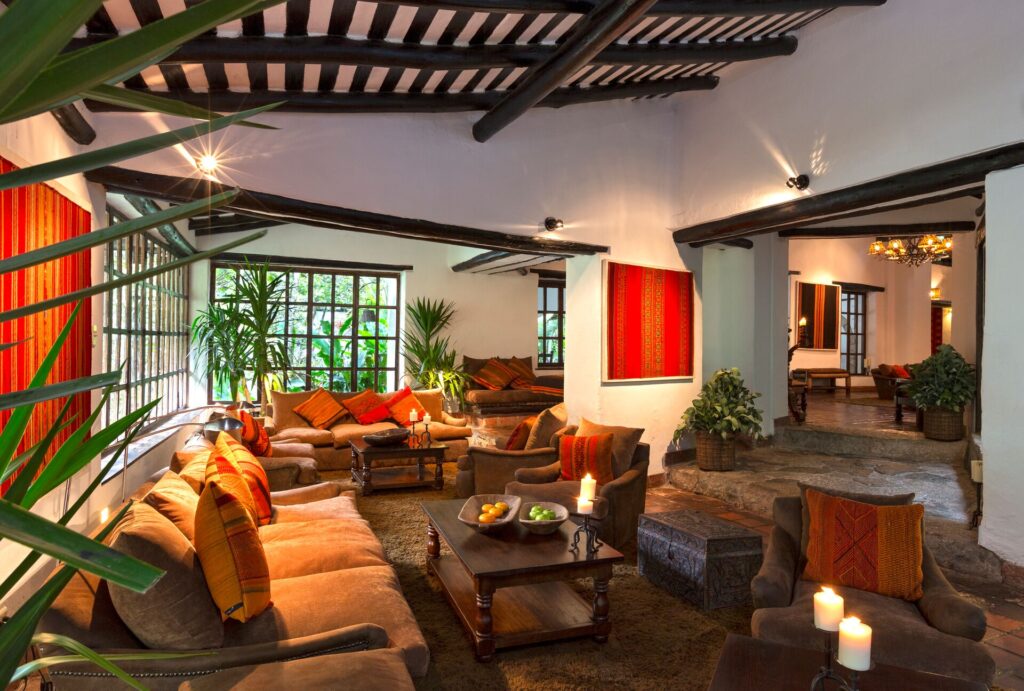
Acknowledged by the United Nations as the World’s First ‘Climate Positive’ Hotel Brand, Inkaterra immerses guests in a planet-friendly lifestyle. From solar panels for power to local education initiatives, as well as fittings from local craftspeople, textiles from local Alpaca wool and recycled-fabric slippers, this lodge close to bucket-list site Machu Picchu has an entirely carbon-neutral ethos.
Visit on: Grand South America.
Pilgrimage Village, Hue, Vietnam
This unique stay started as a craftsman’s village, where owner Le Van Truong could help connect expert local makers with visitors to Vietnam and boost the local economy. Now it has traditionally styled houses and pool villas for guests to stay over; and the team has made sustainability top priority, from sensors to shut off any unused lights or electronics to chemical-free cleaning protecting the biodiversity, water waste-reduction techniques in place and 95% of staff employed from the local area.
Stay there on: Inspiring Indochina.
Sails in the Desert, Ayers Rock, Australia
This desert oasis in Uluru has an entire solar field that produces 45% of its energy, not to mention a waste minimisation programme to avoid sending waste to landfill, and an ongoing mission to raise awareness of wildlife conservation among its guests. A certified Advanced Ecotourism property, Sails in the Desert partners with the indigenous Anangu community on storytelling experiences and champions Aboriginal art in its onsite gallery, as well as training the next generation to increase the indigenous presence in the tourism industry.
Spend the night on: Inspiring Australia.




